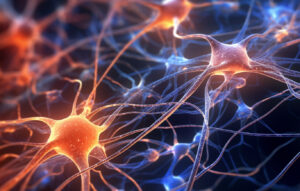
Hallucination in Artificial Intelligence: Between Strange and Disturbing Errors
Hallucinating, for a human, means perceiving things that aren’t actually present in our environment. When we talk about “hallucinations” in artificial intelligence (AI), we’re referring to a situation in which an AI model “sees” or “interprets” something that isn’t actually present in the data . But how can a machine “hallucinate”? Let’s find out. An artificial intelligence model, like a neural network, somewhat emulates the functioning of neurons in the human brain. These models learn from large volumes of data and, through this learning, develop the ability to perform tasks such as recognizing images, interpreting language, and much more. An AI model





